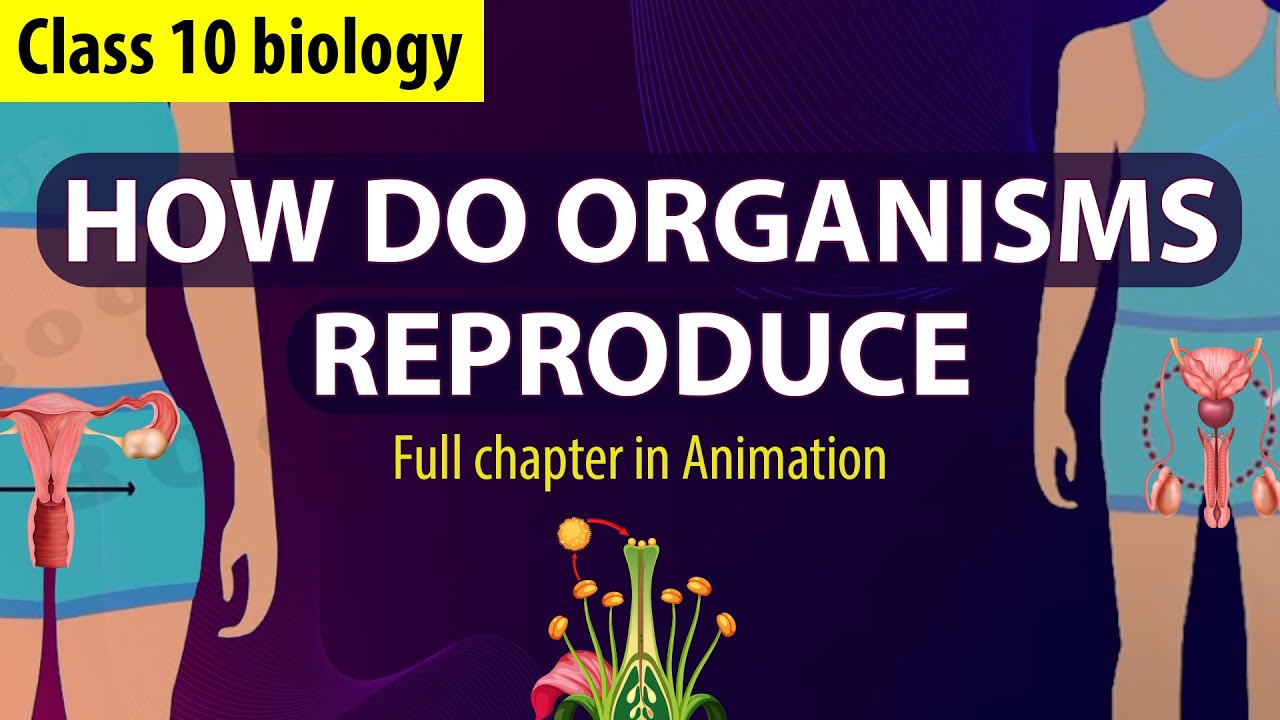Male Reproductive System | Don't Memorise
Summary
TLDRThis educational script explores the concept of sexual reproduction and its role in genetic variation. It delves into the male reproductive system, detailing the production of sperm in the testes, their journey through the epididymis and vas deferens, and the formation of semen with nourishing fluids from various glands. The script highlights the importance of the sperm's unicellular structure, equipped with a head, mitochondria, and tail for motility. It concludes with an invitation to learn about the female reproductive system in a subsequent video.
Takeaways
- 👶 Children inherit traits from both parents due to the process of sexual reproduction.
- 🧬 Sexual reproduction leads to variations in offspring because it involves the fusion of gametes from two individuals.
- 🔍 Gametes are the sex cells involved in reproduction, with the male gamete called sperm and the female gamete called ovum.
- 🏭 The testes are the site of sperm production, located within the scrotum for protection and temperature regulation.
- 🛤️ The epididymis is a series of coils that transport sperm from the testes to the vas deferens.
- 🚰 The vas deferens is a duct that carries sperm to the ejaculatory ducts where it mixes with nourishing fluids.
- 💧 Seminal vesicles and the prostate gland secrete fluids that nourish and protect the sperm, contributing to the formation of semen.
- 🌊 The Cooper's gland adds another secretion to the semen, aiding in the sperm's journey.
- 🚀 The sperm, which is unicellular, has a head, middle piece with mitochondria for energy, and a tail for swimming.
- 🌐 The urethra and penis are part of the male reproductive system that facilitate the release of semen.
- 📚 The script suggests that further learning about the female reproductive system will be covered in a subsequent video.
Q & A
What is the main reason for the variation in characters found in children inherited from their parents?
-The main reason for the variation in characters in children is due to sexual reproduction in organisms, which involves the fusion of gametes from both parents.
What is sexual reproduction and how does it relate to the variation in offspring?
-Sexual reproduction is the type of reproduction that involves the fusion of gametes to give rise to a new individual. It contributes to variation because the zygote formed from the fusion of gametes results in a blend of characteristics from both parents.
What are gametes and how are they different in males and females?
-Gametes are sex cells involved in sexual reproduction. In males, the gamete is called sperm, while in females, it is called ovum.
What is the male reproductive system responsible for producing?
-The male reproductive system is responsible for producing sperm, which are the male gametes.
Where are sperms produced in the male reproductive system?
-Sperms are produced in the testes, which are oval-shaped structures located on either side of the male reproductive system.
What is the function of the scrotum in the male reproductive system?
-The scrotum is a pouch that contains the testes, serving to protect them.
What is the role of the epididymis in the male reproductive process?
-The epididymis is a series of massive coils that carry sperms from the testes to the vas deferens for further transport.
What is the vas deferens and where does it transport the sperms?
-The vas deferens is a long coil that carries sperms from the epididymis to the ejaculatory ducts, where they get mixed with nourishing fluids.
What are the nourishing fluids that sperms receive from various glands, and why are they needed?
-Sperms receive nourishment and protection from acidic conditions through secretions from glands like the seminal vesicle, prostate gland, and Cooper's gland. These fluids help the sperms survive and facilitate their movement.
What is the final product that carries sperms out of the body, and what is it composed of?
-The final product that carries sperms out of the body is semen, which is composed of sperms mixed with the nourishing fluids secreted by various glands.
What is the structure of a single sperm, and is it unicellular or multicellular?
-A single sperm has a head region containing the nucleus, a middle part with mitochondria for energy, and a tail for swimming. Despite its complex structure, it is a unicellular structure.
Outlines

此内容仅限付费用户访问。 请升级后访问。
立即升级Mindmap

此内容仅限付费用户访问。 请升级后访问。
立即升级Keywords

此内容仅限付费用户访问。 请升级后访问。
立即升级Highlights

此内容仅限付费用户访问。 请升级后访问。
立即升级Transcripts

此内容仅限付费用户访问。 请升级后访问。
立即升级浏览更多相关视频

Variation in a Species

How Do Organisms Reproduce Complete Chapter🔥 in Animation |Class 10th Science CH-6| NCERT covered|

Sources of genetic variation | Inheritance and variation | High school biology | Khan Academy

Advantages of Sexual and Asexual Reproduction

Asexual and Sexual Reproduction

ELS- LESSON 2- REPRODUCTION
5.0 / 5 (0 votes)
